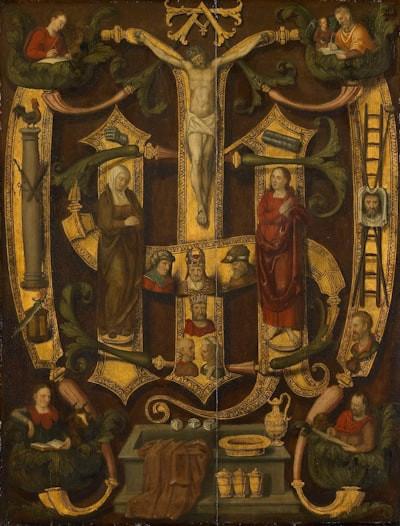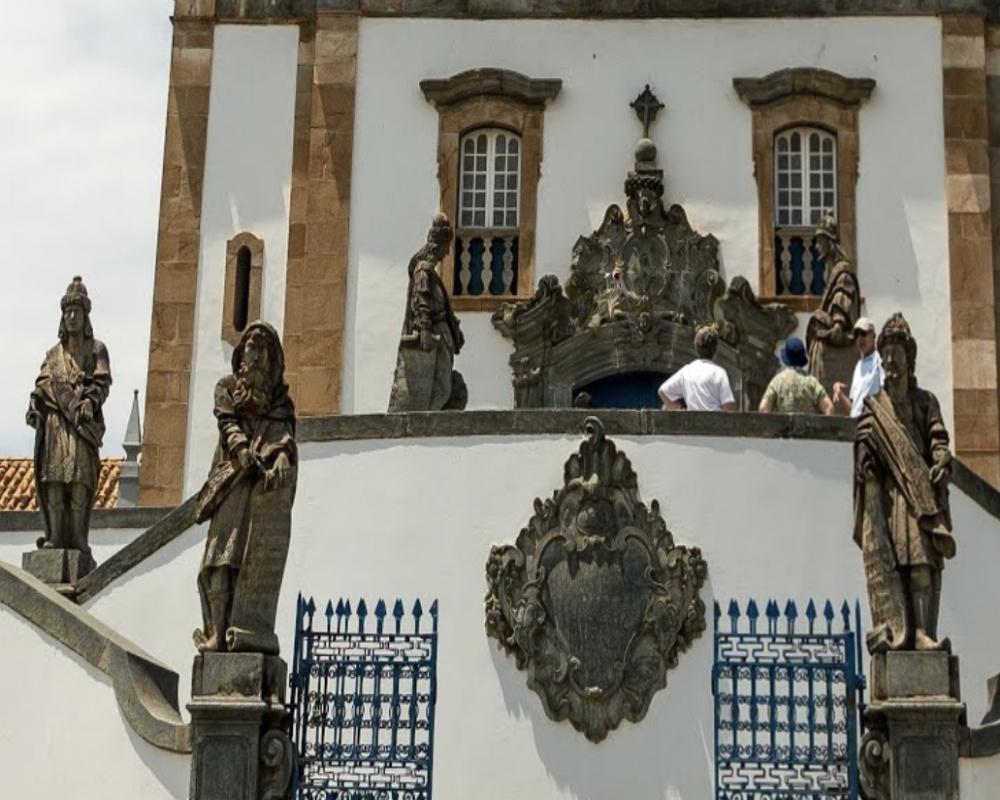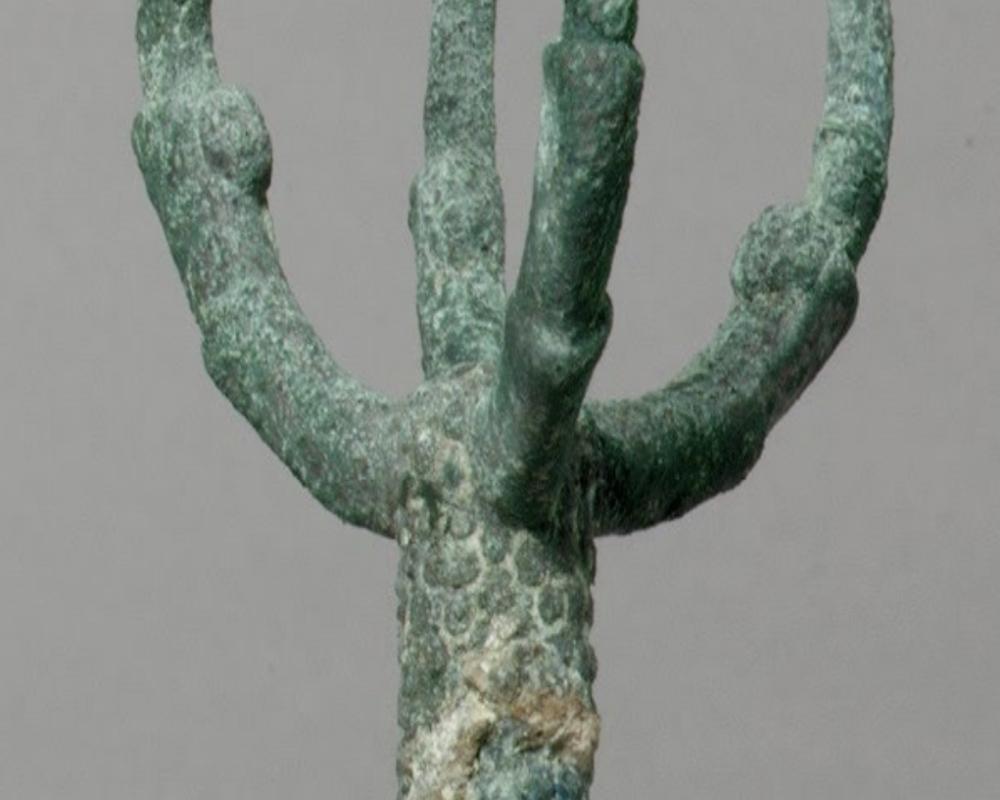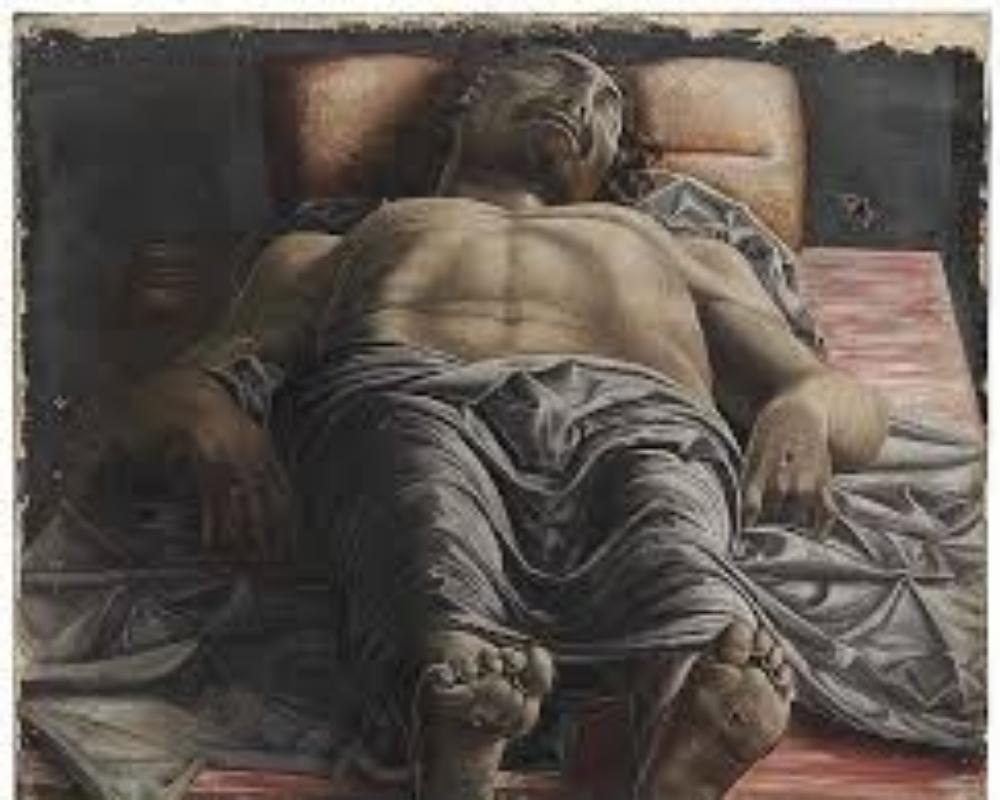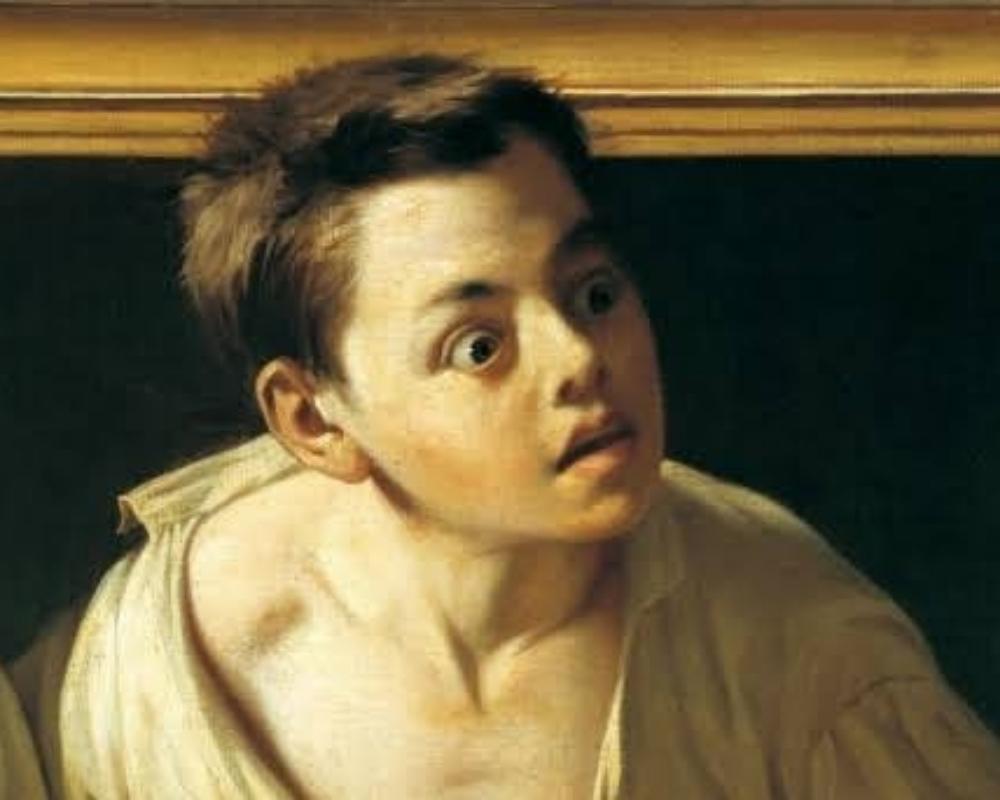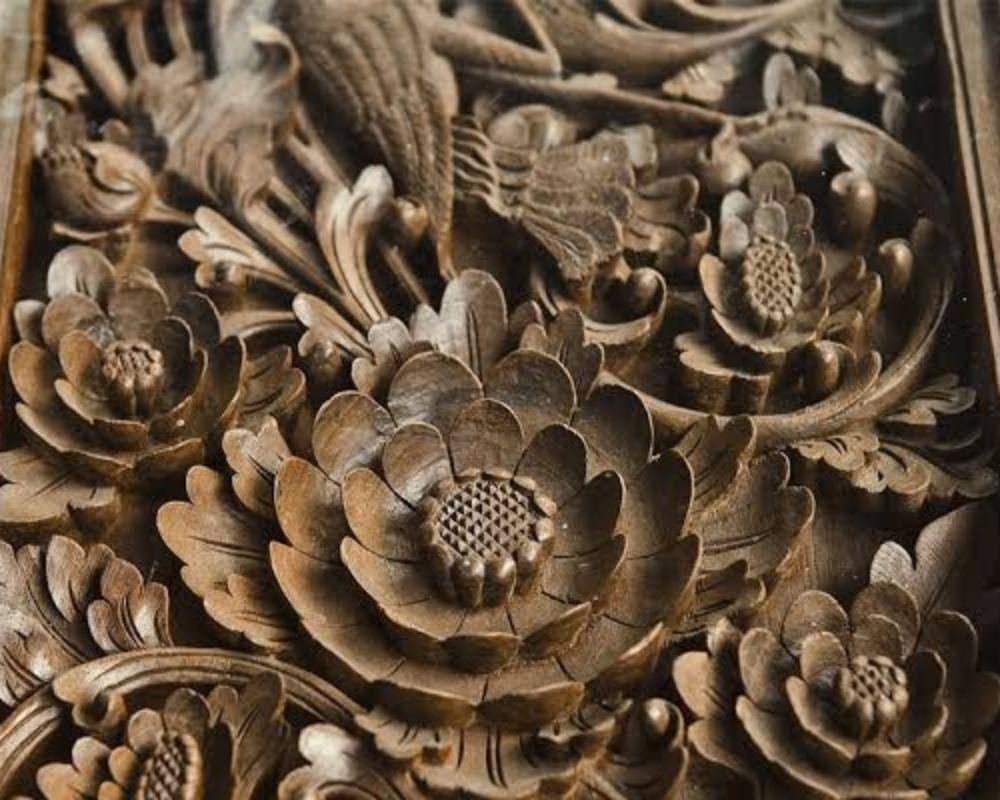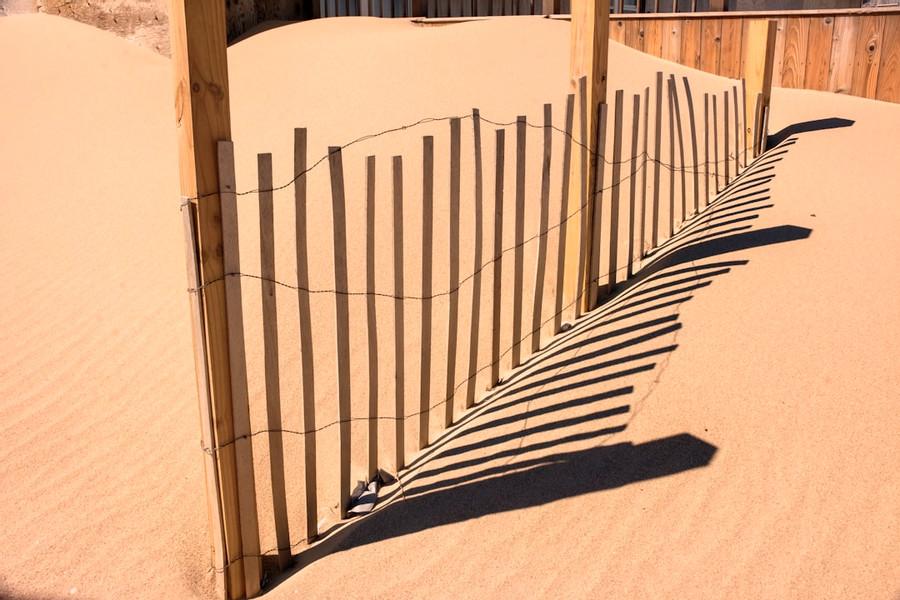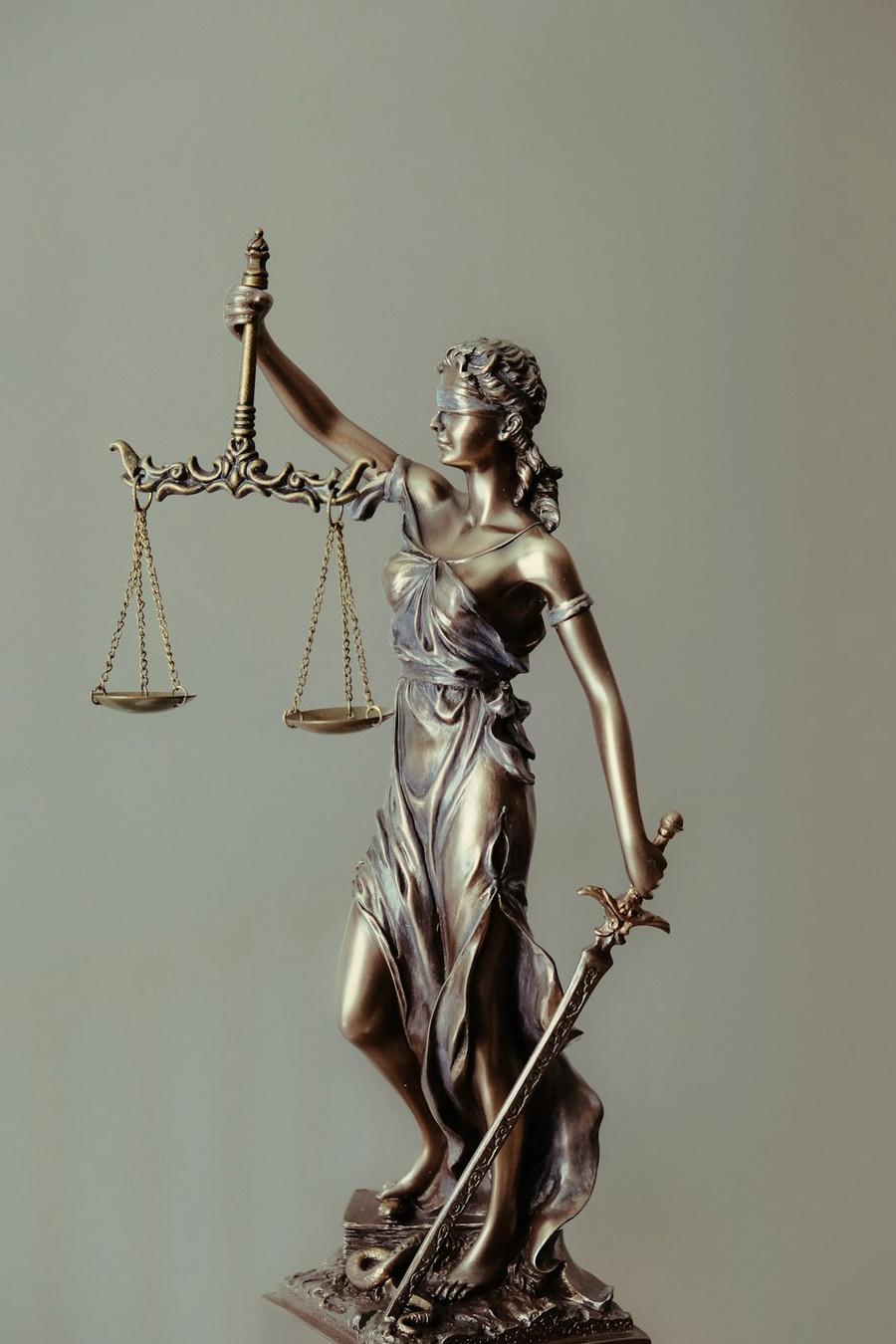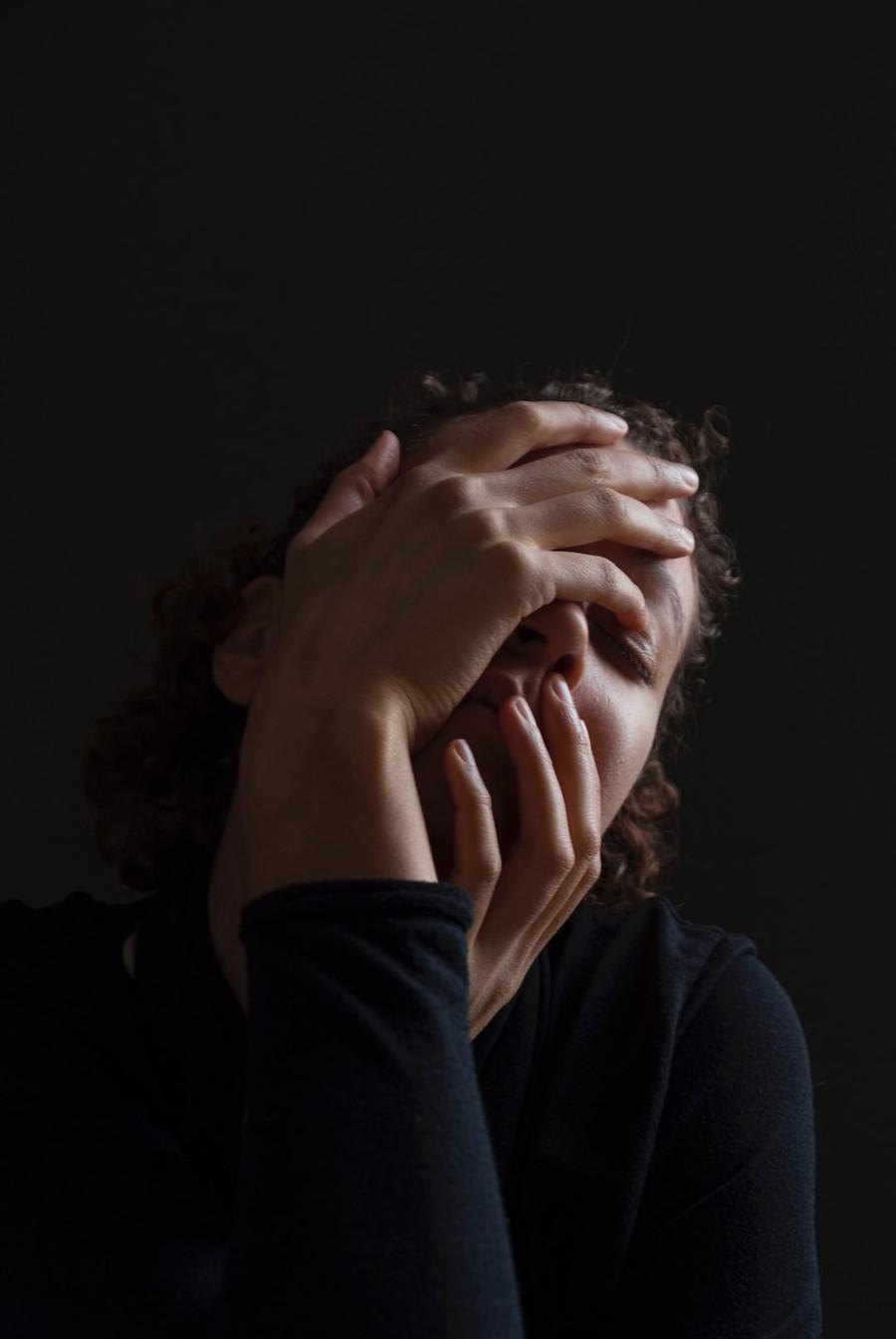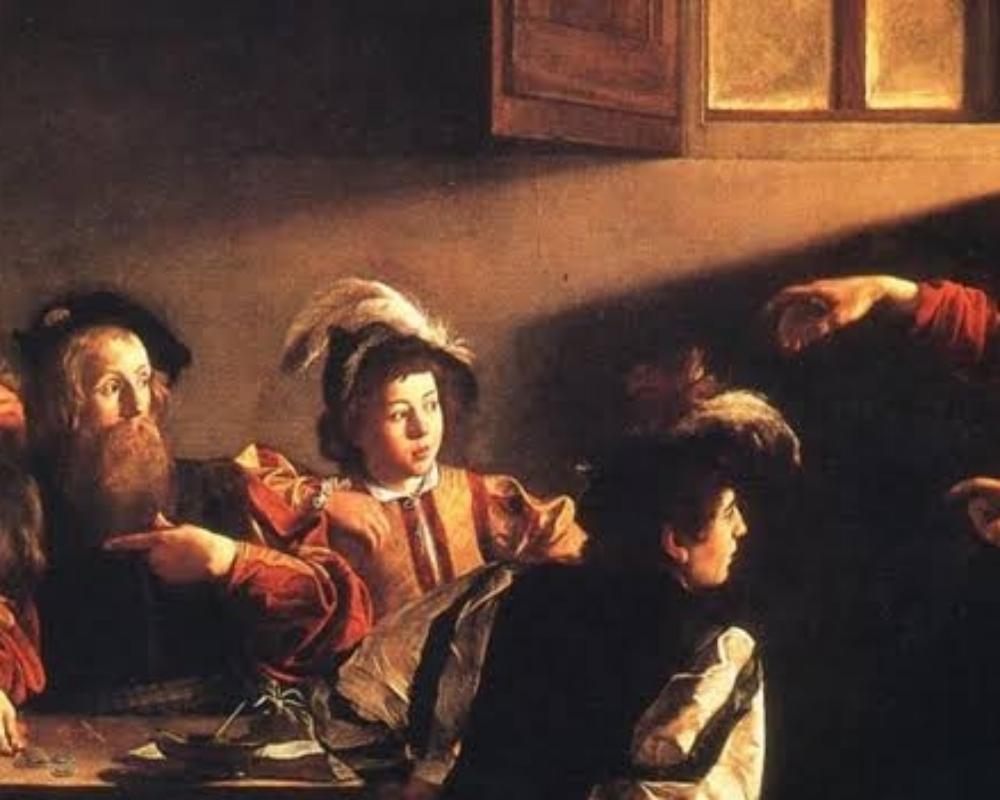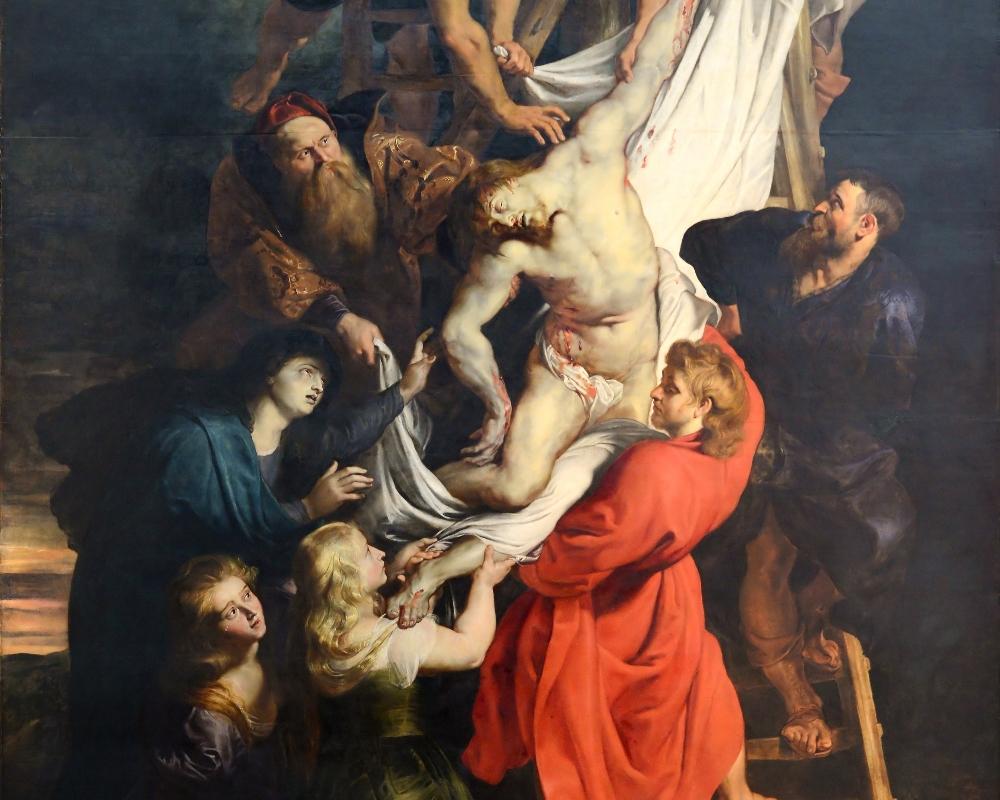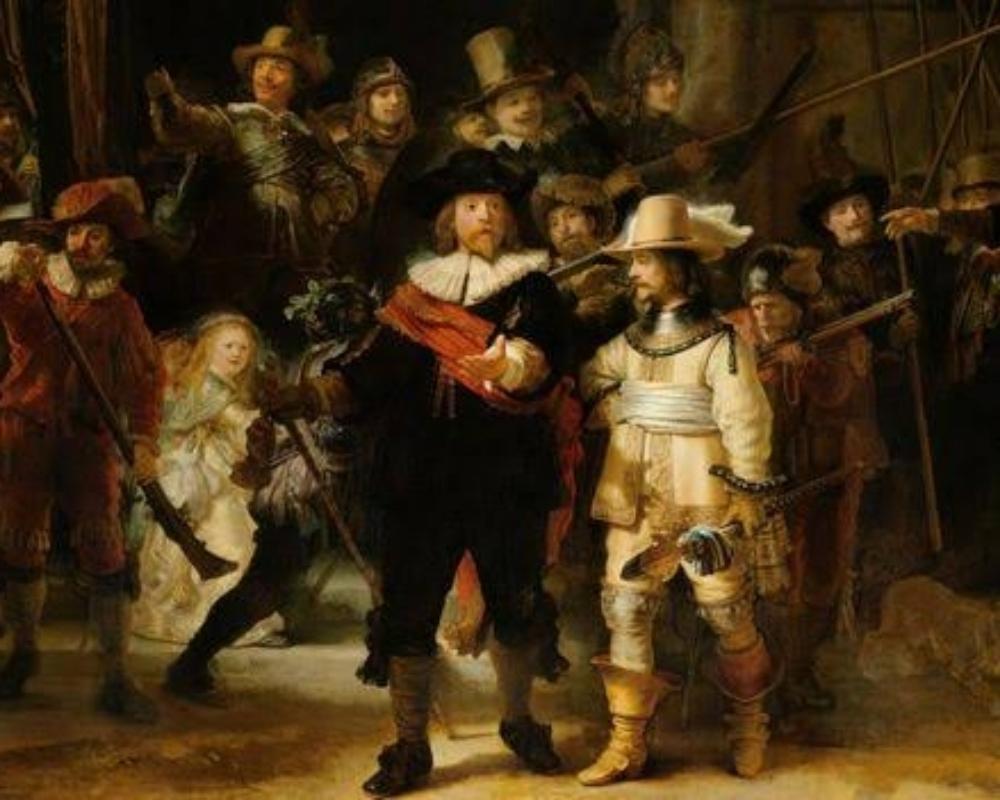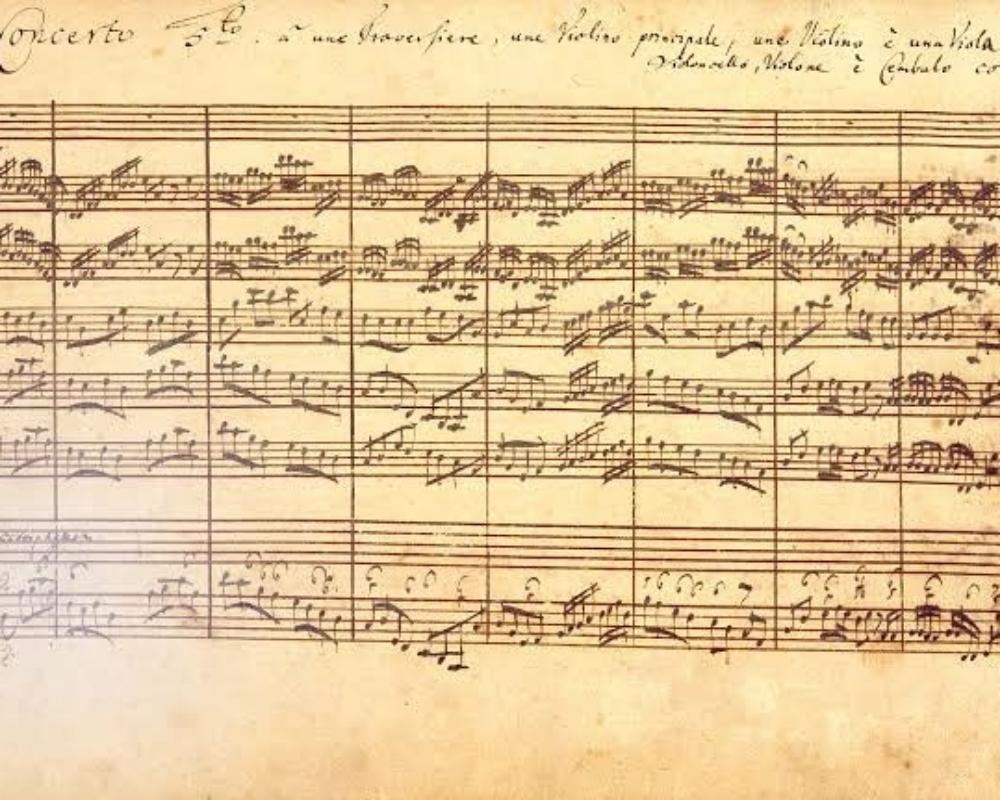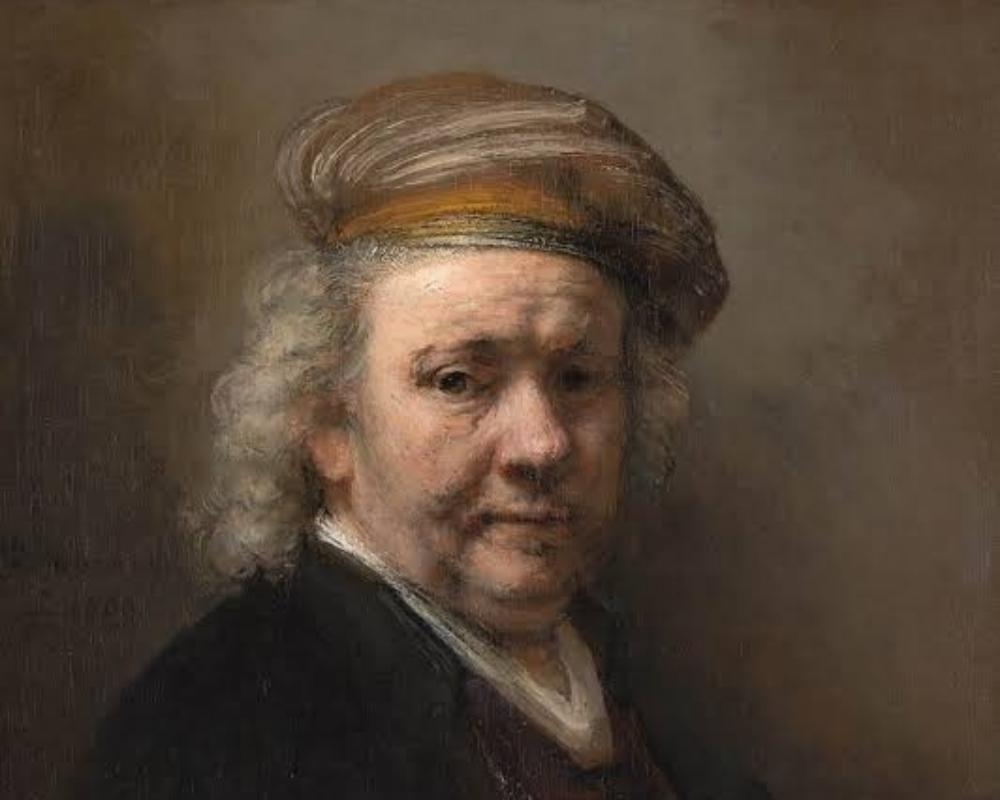Explore the World's Best Ideas
Join today and uncover 100+ curated journeys from 50+ topics. Unlock access to our mobile app with extensive features.
Baroque Art Movement
The Baroque movement refers to a period of artistic and cultural development that spanned approximately from the late 16th century to the early 18th century, primarily in Europe. It encompassed various forms of art, including architecture, sculpture, painting, music, literature, and theater.
14
114 reads
Origin
The term "baroque" originated from the Portuguese word "barroco," which means irregularly shaped pearl. It was initially used in a derogatory manner to describe the exaggerated, ornate, and complex artistic style that emerged during this period. However, over time, it came to be recognized as a significant artistic movement with its own unique characteristics and achievements.
- Note that: A derogatory manner is a way to descriminate or moke something by indirectly stating that is exaggerated and ugly.
- Ornate and complex styles are what became to be know as a symbol or luxury at that time
14
79 reads
Teqneches And Styles
Baroque art is characterized by a grandiose and dramatic style, marked by elaborate ornamentation, rich colors, dynamic compositions, and a strong sense of movement, the key aspectes of style indication are:
- chiaroscuro
- foreshortening
- Trompe-l'oeil
- Elaborate Ornamentation
- Dynamic Compositions
- Monumental Scale
- Emotional intensity
14
82 reads
What is chiaroscuro?
Chiaroscuro is an Italian term that translates to "light-dark" in English. It is a technique used in visual arts, particularly in painting, drawing, and photography, to create a sense of three-dimensional form and depth through the use of contrasting light and shadow. In chiaroscuro, artists manipulate the distribution and intensity of light and shadow to create a dramatic contrast between illuminated areas and areas in shadow. By doing so, they can depict the play of light on objects, create a sense of volume, and enhance the illusion of depth.
14
68 reads
Foreshortening
Foreshortening is a technique used in visual arts, particularly in drawing and painting, to create the illusion of depth and perspective by depicting objects or figures as if they are receding or extending into space. The difference between it and between the chiaroscuro style is that in foreshortening the artist uses anatomy and physical views more than light and shadows to creat a sensation of movement and 3d dimensional figures, it involves distorting or shortening certain parts of an object or figure to give the impression of it projecting or receding at an angle towards the viewer.
12
57 reads
Trompe-l'oeil
Trompe-l'oeil is a French term that translates to "deceive the eye" in English. It is an artistic technique used to create the illusion of three-dimensionality and reality, often to such a degree that the viewer may be momentarily deceived into thinking that the depicted objects are real and not mere two-dimensional representations. Trompe-l'oeil works are meticulously executed, employing techniques such as precise perspective, shading, and meticulous attention to detail to create an optical illusion, man can say that it's a combination between chiaroscuro and foreshortning both mixed together
13
58 reads
Elaborate Ornamentation
Ornamentation refers to the decorative details and embellishments added to an artwork or object. In a grandiose and dramatic style, ornamentation is often elaborate, intricate, and highly decorative. It includes motifs, patterns, and intricate designs that enhance the visual appeal and richness of the artwork.
12
54 reads
Dynamic Compositions
Dynamic compositions refer to the arrangement and placement of elements within an artwork to create a sense of movement, energy, and visual interest. In a grandiose and dramatic style, dynamic compositions often include diagonal lines, spirals, and swirling forms. These compositional techniques contribute to a sense of liveliness, drama, and visual excitement.
12
53 reads
Monumental Scale
Grandiose and dramatic art often features large-scale works, whether it's a massive sculpture, a monumental painting, or an imposing architectural structure. The sheer size and scale of the artwork contribute to its grandeur and ability to command attention.
12
49 reads
Emotional Intensity
The grandiose and dramatic style aims to evoke strong emotional responses from viewers. It seeks to inspire awe, admiration, or even a sense of theatricality. The artwork may depict powerful or emotionally charged subjects, such as religious scenes or mythological narratives, to intensify the emotional impact.
12
49 reads
Most Known Artist And Their Works
The Baroque movement was a prolific period for art, and several artists achieved great renown during this time. The following set of ideas are some of the most famous Baroque artists and their notable works
12
47 reads
Gian Lorenzo Bernini (1598-1680)
- "Baldacchino" (1624-1633): A massive bronze canopy located in St. Peter's Basilica in Rome, serving as a centerpiece over the high altar.
- The Ecstasy of Saint Teresa" (1647-1652): A sculptural masterpiece depicting Saint Teresa in a state of divine ecstasy
12
50 reads
Caravaggio (1571-1610)
- "The Calling of Saint Matthew" (1599-1600): A powerful painting portraying the moment when Jesus calls Matthew, the tax collector, to become his disciple.
- "The Conversion of Saint Paul" (1601): A dramatic depiction of the Apostle Paul's conversion, with intense light and shadow creating a striking composition.
12
45 reads
Peter Paul Rubens (1577-1640)
- "The Descent from the Cross" (1612-1614): A monumental altarpiece showing the body of Jesus being taken down from the cross, displaying Rubens' skill in portraying dramatic movement and emotional intensity.
- "The Garden of Love" (1633-1634): A vibrant and dynamic composition depicting a mythological scene of love and revelry.
12
41 reads
Rembrandt van Rijn (1606-1669)
- "The Night Watch" (1642): One of Rembrandt's most famous paintings, it portrays a group of civic guards in a dynamic and dramatic composition.
- "The Anatomy Lesson of Dr. Nicolaes Tulp" (1632): A compelling depiction of a public dissection, showcasing Rembrandt's mastery of light and his ability to capture human expressions.
12
41 reads
Diego Velázquez (1599-1660)
"Las Meninas" (1656): A complex and iconic masterpiece that portrays the Spanish royal family in a large-scale composition, reflecting Velázquez's skills in portraiture and his ability to play with space and perspective.
12
41 reads
J.S. Bach (1685-1750)
- "" (1721): A set of six concertos for various instruments, showcasing Bach's intricate counterpoint and innovative orchestration.
- "Mass in B minor" (completed in 1749): A monumental choral work that stands as one of Bach's most significant compositions, displaying his mastery of polyphony and harmonies.
12
39 reads
All works, no matter what or by whom painted, are nothing but bagatelles and childish trifles... unless they are made and painted from life, and there can be nothing... better than to follow nature.
CARAVAGGIO
12
46 reads
IDEAS CURATED BY
CURATOR'S NOTE
The Baroque movement could typically be called a perfectionist type, a luxurious approach to Art, depicting the form of what nature, light, shadow movement and dimensions can offer
“
Similar ideas
Read & Learn
20x Faster
without
deepstash
with
deepstash
with
deepstash
Personalized microlearning
—
100+ Learning Journeys
—
Access to 200,000+ ideas
—
Access to the mobile app
—
Unlimited idea saving
—
—
Unlimited history
—
—
Unlimited listening to ideas
—
—
Downloading & offline access
—
—
Supercharge your mind with one idea per day
Enter your email and spend 1 minute every day to learn something new.
I agree to receive email updates
